Martial law was introduced on 13 December 1981 by the communist government. Overnight, military tanks and armed soldiers appeared on the streets of major Polish towns, a curfew was introduced, and borders were sealed. Communication was also drastically restricted, with phone lines disconnected and post being reviewed by censors.
Executive power was taken by the Military Council of National Salvation (WRON), with General Wojciech Jaruzelski, the First Secretary of the ruling Polish United Workers’ Party, as its head. Pro-democracy movements, such as Solidarity, were banned and thousands of opposition activists – including leaders such as Lech Wałęsa, who two years later received a Nobel Peace Prize for his opposition to the regime – were jailed. Military courts were introduced to accelerate trials of opposition figures.
Some tried to protest, at times with fatal consequences: during the whole period of martial law, which lasted until 22 July 1983, over 90 people were killed, according to findings of an independent parliamentary commission after 1989. Coal miners from Wujek staged a protest in direct response to the introduction of martial law, and were brutally pacified by ZOMO forces (paramilitary police groups), who killed nine of the protesting miners.
WRON imposed major price rises, resulting in the rationing of basic food products and materials. The consequent economic crisis continued beyond the end of martial law. Those Poles that had the opportunity to migrated to the West. The overall number that fled Poland in the period between 1981 and 1989 is estimated at 700,000.
To mark today’s anniversary, we are presenting photos from the period of martial law captured by photographer Jerzy Ochoński. More of his images are available here.
Funeral of a 20-year old shot by the secret police
Bogdan Włosik, a 20-year-old worker at the Nowa Huta steel mill in Kraków, was shot by secret police during a demonstration on 20 October 1982.
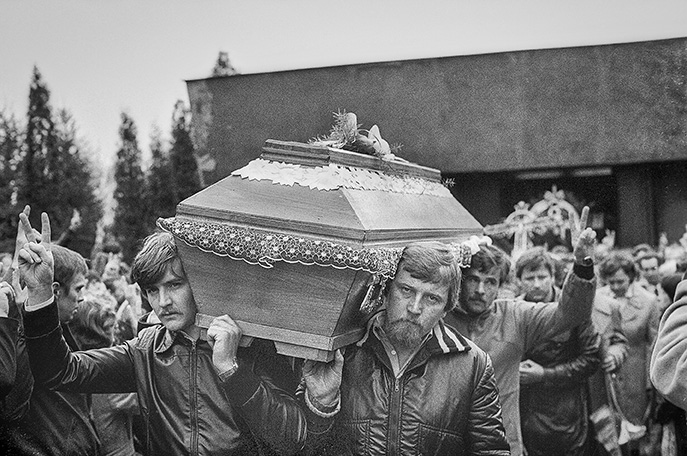
© Jerzy Ochoński/photospoland.com
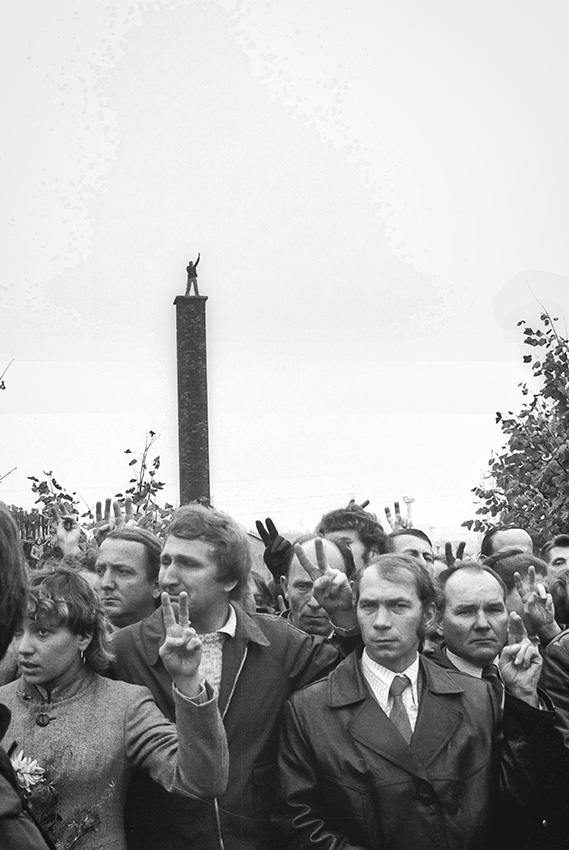
© Jerzy Ochoński/photospoland.com
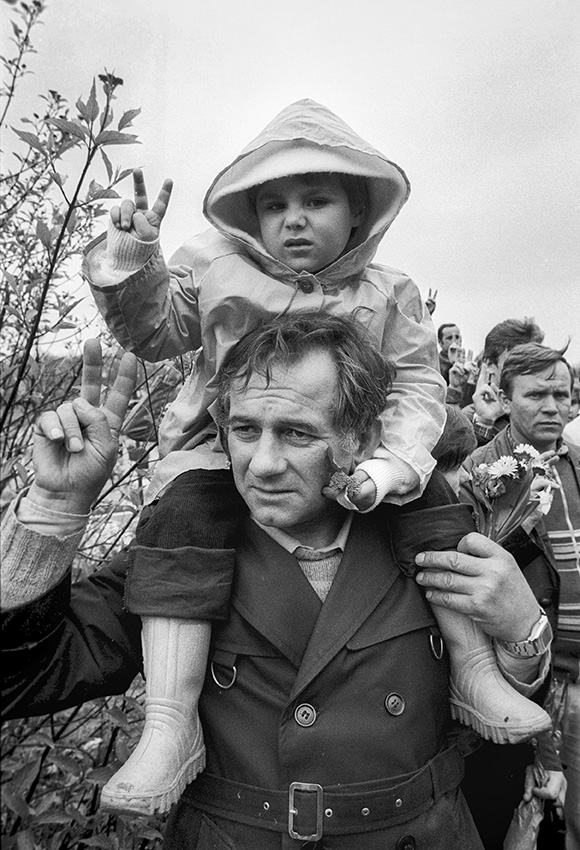
© Jerzy Ochoński/photospoland.com
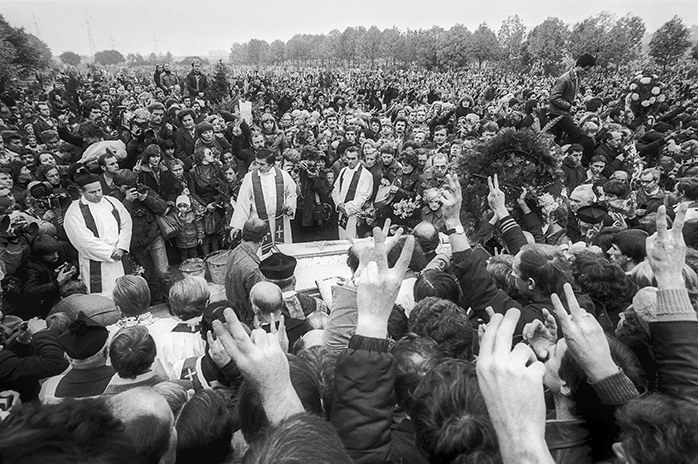
© Jerzy Ochoński/photospoland.com

© Jerzy Ochoński/photospoland.com
Everyday life

Anti-socialist graffiti on a shop in Kraków. The slogan says “Away with PZPR [the ruling Polish United Workers’ Party]” © Jerzy Ochoński/photospoland.com
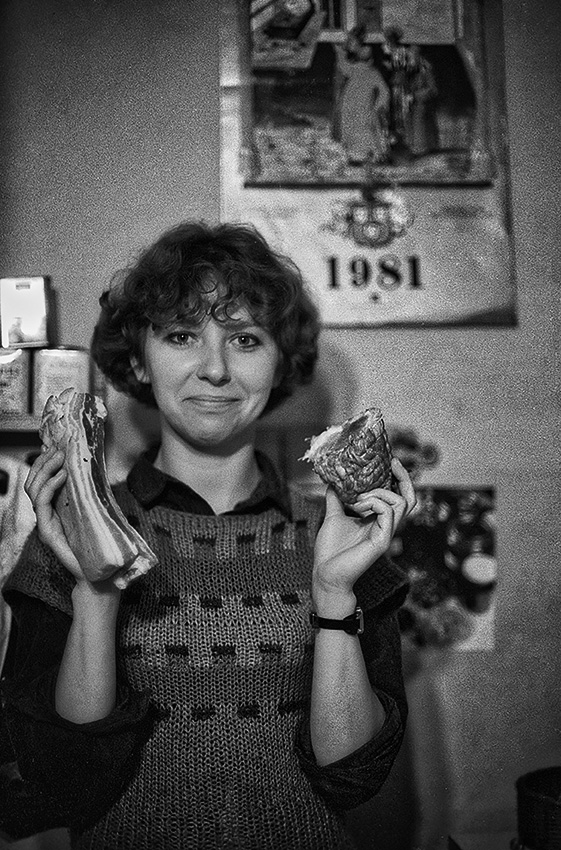
Christmas ration of meat, Kraków 1982 © Jerzy Ochoński/photospoland.com
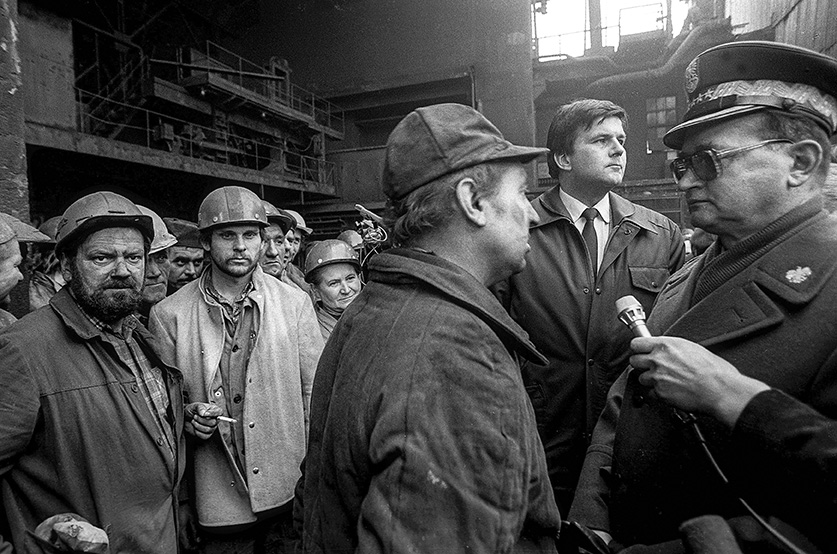
Workers from the Nowa Huta steel mill meet with general Jaruzelski, Kraków 1982 © Jerzy Ochoński/photospoland.com

Jaruzelski in the workers’ canteen, Kraków 1982 © Jerzy Ochoński/photospoland.com
Street demonstrations in Nowa Huta, 1982
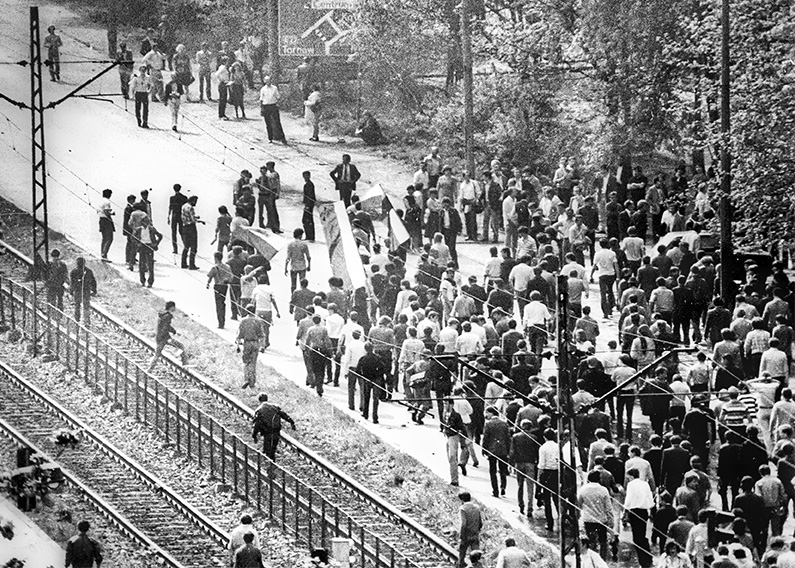
© Jerzy Ochoński/photospoland.com
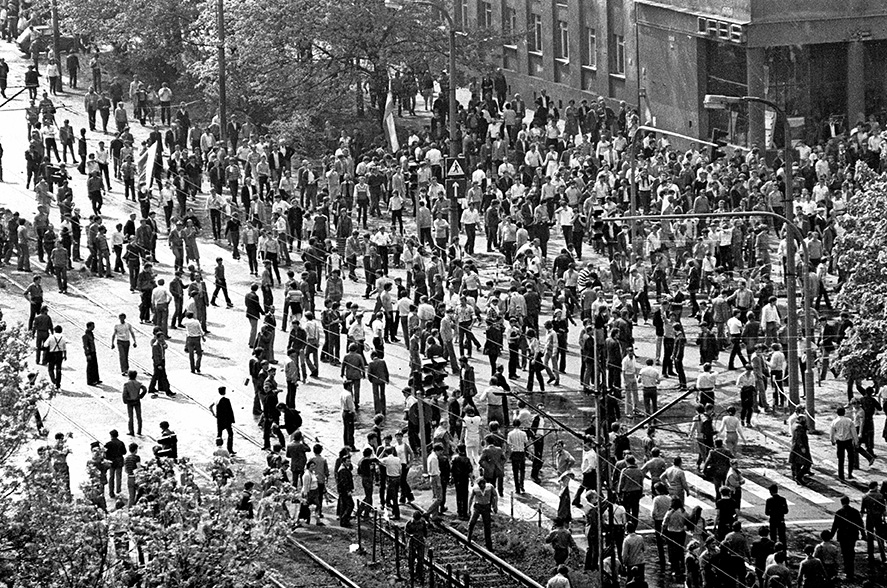
© Jerzy Ochoński/photospoland.com
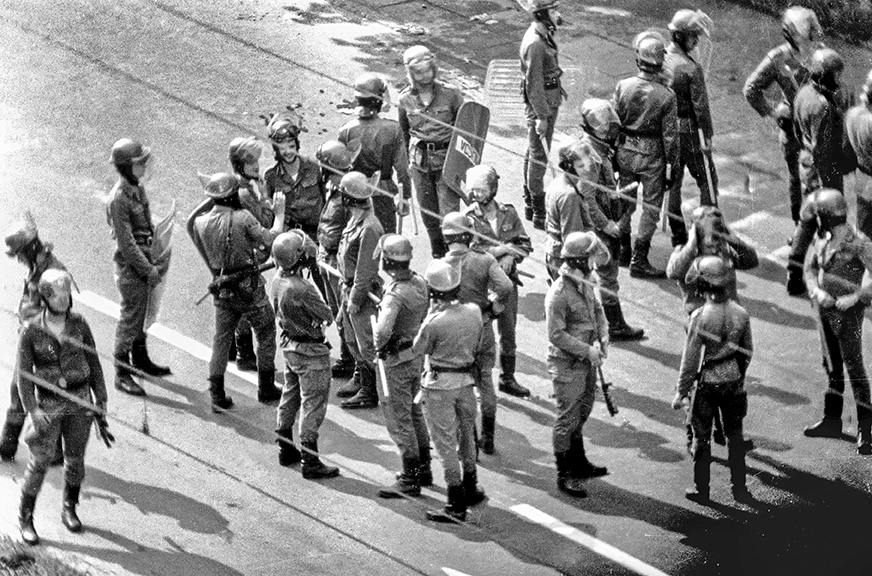
© Jerzy Ochoński/photospoland.com
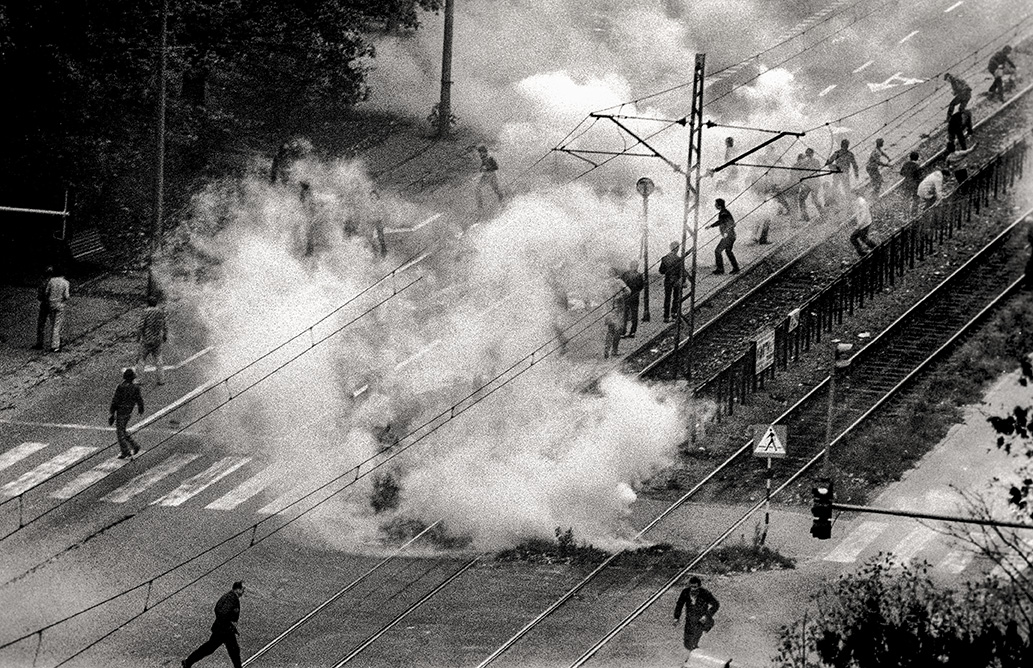
© Jerzy Ochoński/photospoland.com
Commemorating the anniversary of Poland’s independence

People gathering in the streets of Kraków to celebrate the anniversary of Poland’s independence during martial law © Jerzy Ochoński/photospoland.com

The banner says “Free political prisoners!” © Jerzy Ochoński/photospoland.com
All images copyright of Jerzy Ochoński. More of Jerzy Ochoński’s work can be found on his website, which offers a wide variety of images of different aspects of life in Poland, as well as photo services.



















